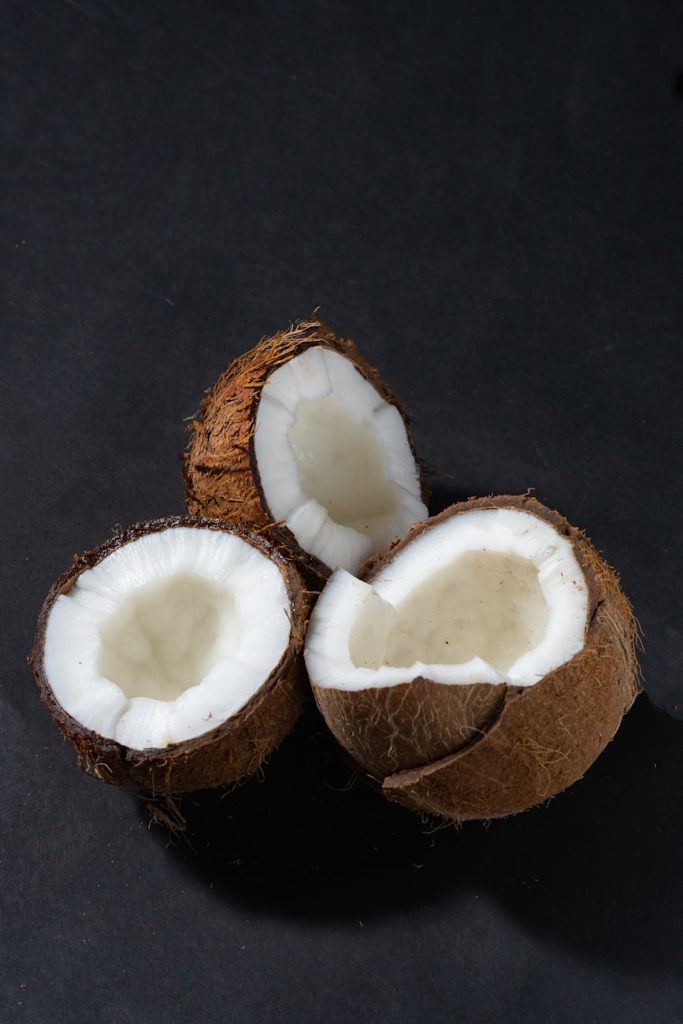Home Run Roars and Goal-Line Gasps
A sticky July night in Santiago’s Estadio Cibao I found myself wedged between two Dominican grandmothers who waved plastic thunder sticks like traffic batons. When Águilas Cibaeñas cracked a ninth-inning jonrón, the ladies erupted—“¡Eso es, mi gallo, vuelaaa!”—and doused me in Presidente foam. My own cheer, a timid “Yes!” in English, evaporated beneath their bachata-brushed euphoria. I realized then that true fandom requires local lungs. Months later inside Medellín’s Estadio Atanasio Girardot, I tried again. This time I yelled, “¡Golazo, parcero!” and a circle of Atlético Nacional supporters slapped my back like I’d scored the header myself. Mastering stadium Spanish Vocabulary isn’t just linguistic decoration—it’s an entry ticket to collective adrenaline.
Stadiums as Dialect Classrooms
Live sports forge flash friendships—one stolen base or off-side call can flip strangers into allies or rivals. Dominican baseball leans on humor and swagger; crowds tease pitchers with “¡tírame un mango, que no doy ni swing!”—throw me a mango, I can’t even swing. Colombian fútbol radiates melodrama; a sloppy pass triggers choruses of “¡ay, qué tronco!”—what a tree stump. Floating inside these waves of voice you’ll hear accent shifts, slang volleys, and grammatical shortcuts that textbooks ignore. Each chant offers a free Spanish Vocabulary lesson, calibrated to real-time emotions instead of classroom drills.
The Anatomy of a Chant
Dominican fans love improvisation. One guy starts “A-guilas, A-guilas,” another layers “¡dale, dale!” until the bleachers morph into a merengue BPM machine. Colombians prefer call-and-response. A leader bellows “¡Nacio…!” and the south stand thunders “…nal!” Timing matters; miss your cue and you’ll draw playful side-eye. By matching rhythm and pitch, you pronounce consonants with group confidence, forgiving your accent in a roar of unity. That collective cover lets new phrases slip into muscle memory, embedding Spanish Vocabulary alongside heartbeat and drumbeat.
Spanish Vocabulary Table
| Spanish | English | Usage Tip |
|---|---|---|
| Hincha | Fan / supporter | Colombians use it more than “aficionado.” |
| Cancha | Field / court | Emphasize soft “ch”; ubiquitous in both countries. |
| Tronco | Clumsy player | Humor, not insult, when shouted at own team. |
| Arbitro | Referee | Add “ladrón” (thief) for cheeky protest. |
| Jonrón | Home run | Borrowed from English; stress on second syllable. |
| Tanda de penales | Penalty shoot-out | Colombians shorten to “los penales.” |
| Banderín | Small team flag | Vendors hawk them outside stadium gates. |
| Palco | VIP box | Useful when negotiating seat upgrades. |
| Remontada | Comeback victory | Deploy after tying score late in game. |
| Silbato | Whistle | Blame the ref: “¡ese silbato está roto!” |
Repeating this Spanish Vocabulary under roaring floodlights locks each word to visceral memory, like sweat drying on face paint.
Chants, Cheers, and Code-Switching
Dominicans sprinkle English catchphrases—“You can’t see me!”—between Spanish taunts, proof of MLB broadcasts seeping south. Colombians adore onomatopoeia: “¡Uy!” for near misses, “¡Eh-eh-eh!” as the keeper lines up a punt. Slide your own flair into these pockets. Shout “¡vamos, mi loco!” in Santiago and watch heads nod; in Medellín try “¡dale pues, hermano!” and fists will bump. Using context-tuned Spanish Vocabulary seals your cheering into local cadence without feeling like karaoke.
Sideline Snack Negotiations
Cheering torches energy, and vendors patrolling aisles double as economic tutors. In the DR, yell “¡pinta fría, maestro!” and a beer materializes. Pay fast—cash is still king. In Colombia, a peanut seller might accept QR but expects eye contact and gratitude: “gracias, don.” Tiny exchanges weave Spanish Vocabulary into tangible rewards: say the price aloud, receive warm empanadas, remember pesos through flavor association—mnemonics never tasted so good.
Crowd Etiquette: When to Shout and When to Whisper
Dominican crowds erupt every pitch, while Colombian spectators hold collective breath until the ball nears the box. Timing your exclamations shows cultural sensitivity. Scream during a goalie’s goal kick in Medellín and seniors will shush you with “deje patear, mijo.” Whisper strategy chat in Santiago and you’ll miss half the fun. Observing these patterns refines not just vocabulary but conversational volume, a subtle yet potent slice of fluency.
Example Conversation: Gate to Glory
Guardia (DR, informal): “Brother, esa mochila está muy grande; no pasa la entrada.”
Guard: “Brother, that backpack is too big; it can’t go in.”
Yo: “Solo llevo una cámara y un banderín pequeño. ¿Puedo?”
Me: “I only have a camera and a small flag. May I?”
Guardia: “Dale, pero sin flash durante el juego.”
Guard: “Go ahead, but no flash during the game.”
Inside the stands.
Hincha (DR, mid-game): “¡Si da otro jonrón, lo pagas tú!”
Fan: “If he hits another home run, you’re buying!”
Yo: “Trato hecho. Y si hay remontada, invitas tú los hotdogs.”
Me: “Deal. And if there’s a comeback, you treat the hotdogs.”
Switch to Medellín variant.
Vendedor (CO, polite): “Buenas, ¿quiere maní o gaseosa?”
Vendor: “Hello, would you like peanuts or soda?”
Yo: “Un maní y dos cervezas. Aquí tiene el QR.”
Me: “One peanut bag and two beers. Here’s the QR.”
Vendedor: “Perfecto. ¡A disfrutar la tanda de penales!”
Vendor: “Perfect. Enjoy the penalty shoot-out!”
Bold slang insertion.
Hincha (CO, slang): “¡Vamos, parcero, que esto se gana!”
Fan: “Come on, buddy, we got this!”
Beyond the Scoreboard: Social Bonds Forged in Chant
I’ve exchanged business cards under fireworks at Quisqueya Stadium and gained language partners while singing “Olé, Olé” beneath Medellín rain. Sharing tension and triumph glues vocabulary to faces and stories. You begin to hear t-less *“vamo’” in Dominican mouths and aspirated “s” in paisa throats; mimicry turns to mastery, and soon your cheer blends seamlessly into the chorus.
Final Whistle Wisdom
Switching between island baseball fever and Andean fútbol devotion keeps my Spanish ear agile and my lungs trained in regional syncopation. Every stadium visit rewires pronunciation, sprinkles fresh slang, and tests quick reflexes in interpreting scoreboard jargon. Treat each game as a language lab: arrive early, chat with ushers, echo chants, and purchase snacks using full sentences. Spanish Vocabulary learned alongside roaring crowds sticks longer than classroom drills because it’s stapled to adrenaline.
Share your own tales of linguistic victory or comic misfire from bleachers across Latin America. Did you mispronounce arbitro and accidentally propose marriage? Has a stranger’s chant taught you a verb tense mid-match? Drop your anecdotes below; together we’ll draft a global playbook for cheering in perfect pitch.










